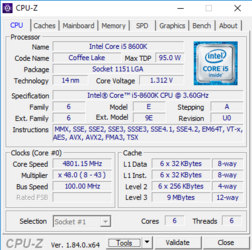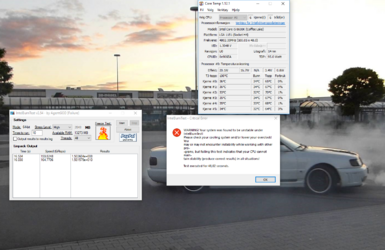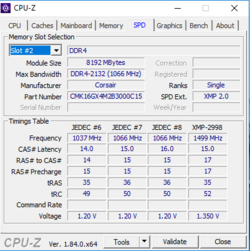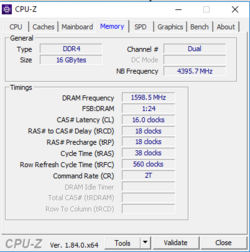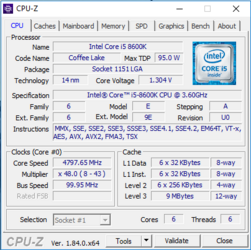Hello, I recently tried to overclock my CPU, started at 4,5ghz and it was running, no crashes but it was quite unstable so I felt like I wanted to stabilize it, and made it even worse.
I have reset everything to default in the BIOS now.
Setup:
MB: - MSI Z370 Krait Gaming
CPU: -Intel i5 8600k
RAM: - Corsair Veagence LPX 16GB 3000mhz
CPU Cooler: -Corsair H115i
GPU:-MSI SeaHawk X 1080
I would like to know what you think would be the best overclocking option for me, I don't think I will go to 5ghz if that's even possible, I'm thinking like 4,8ghz stable or something, if thats possible.
I can download any programs if that helps, and post pictures while doing this, I have CPU-Z and Core temp already.
Thanks
Best regards
Chris
I have reset everything to default in the BIOS now.
Setup:
MB: - MSI Z370 Krait Gaming
CPU: -Intel i5 8600k
RAM: - Corsair Veagence LPX 16GB 3000mhz
CPU Cooler: -Corsair H115i
GPU:-MSI SeaHawk X 1080
I would like to know what you think would be the best overclocking option for me, I don't think I will go to 5ghz if that's even possible, I'm thinking like 4,8ghz stable or something, if thats possible.
I can download any programs if that helps, and post pictures while doing this, I have CPU-Z and Core temp already.
Thanks
Best regards
Chris
